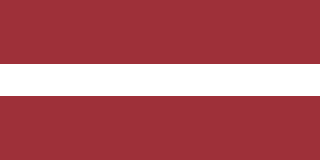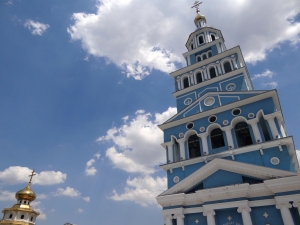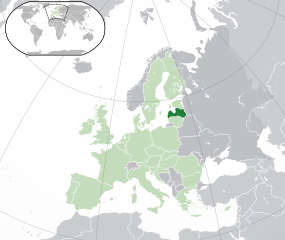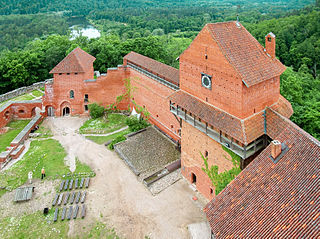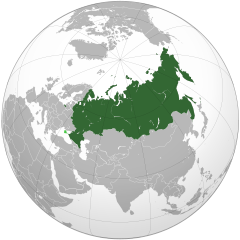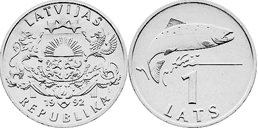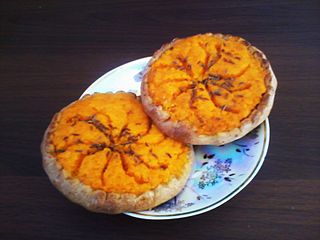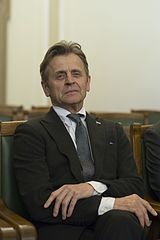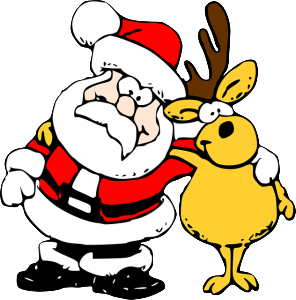Latvia
Latvia is a prosperous country set on lowland plains with forests and many rivers. The country has been independent since 1990 and the Latvian people enjoy being a nation that loves family life and the country they live in.
Quick Facts
Capital: Riga
Population: 1.9 million (2017)
Key Cities: Daugavpils, Liepaja, Jelgava
Official Language: Latvian as well as some Russian and English
Major religions: Lutheran, Orthodox, Roman Catholic
Geography
Bordering countries: Belarus, Lithuania, Estonia, Russia.
Size: 24 947 sq. mi (64 589 sq. m)
Lowest Point: Baltic Sea 0m
Highest Point: Gaizina Kalns 312 m.
Geography
Latvia is one of the three Baltic states. It is about half the size of Greece. Most of the country is flat land with a mixture of forests rivers, lakes, marshland and beaches.
Latvia is one of the world’s greenest countries. Over half of the country is covered in forests. A fifth of the country is given to protect nature with 4 National Parks, 42 nature parks and 260 nature reserves. There are 12 000 rivers and 2 000 lakes.
The climate is temperate and wet with fertile low-lying plains. Latvia has productive farms and they care for their natural resources.
History
Originally Latvia was settled by people called the Balts. Then the Vikings took over, followed by German speaking people from the West. Latvia became a Christian country in the 12th and 13th Century.
Different nations have had an influence on Latvia during the Middle Ages. The Swedes, Germans, Polish, and Russians all played a part in shaping Latvia. The country was partitioned between Poland and Sweden and then taken over by Russia in the 18th century.
After the Russian revolution, Latvia declared independence on November 18th, 1918. Latvia kept her democracy until 1934. In 1939 Russia forced Latvia to allow military bases for the Soviet Union and in 1940 the Soviet Union Red Army moved in and Latvia was part of Russia.
During the Second World War Nazi Germany took over but in 1944 the Russians took the country back again. Russia, as a communist country, forced all the farmers to hand over their farms to ‘collective farming’ which means the farms all belonged to Russia and had to be farmed together.
The economy of Latvia became part of Russia, but the people remembered how prosperous they were when they were independent.
When Russia was liberated from communism, Latvia declared independence from Russia in May 1990. Russia recognised this independent declaration in August 1991.
The last Russian troops left Latvia in 1994, and after communism, Latvia began to prosper. Latvia joined the world Trade Organisation and in 1999 The country elected their first lady president, Vaira Vike-Freiberga.
In 2004 Latvia joined NATO and the EU. The country has grown from strength to strength and in 2014, Riga, Latvia’s capital, became the European Cultural Capital.
Economy
Latvia is the fastest growing economy in the Baltics. There has been growth in the area of construction and industrial industry.
Latvia produces machinery, cars, fertilizers, electronics, pharmaceuticals and processed foods. The main export goods are machinery, textiles, food and wood products.
The currency of Latvia is the Latvian Lat. The country has been part of the EU and a member of Euro Zone since 2014.
Culture
Latvia is known as ‘The Singing Nation’ and every few years all the choirs and folk dancing groups get together for the Song Festival.
Folksongs are a national treasure. These traditional songs have to have three parts to them. Part literature, part symbolic and part tradition. There are 30 000 folksongs and traditional melodies dating back to over 1000 years ago.
The family in Latvia is a very close unit. Parents stay with their children and families stay close to the area they were born in. They are very private people and reserved towards strangers.
The national costume is worn at festivals and there are two styles to choose from. The ancient dress from the 7th to the 13th century or the ethnic dress from the 18th and 19th century.
Famous People
Mikhail Baryshnikov, nicknamed Misha, is a ballet dancer, choreographer and actor from Latvia.
Catherine Empress of Russia was from Latvia she was Peter I of Russia’s second wife.
Mikhail Tal was a chess player and grand master who was reported to be the best attacking player of all time.
Artūrs Irbe was the best Latvian ice hockey goalkeeper and played for the Soviet Union at the World Ice Hockey championships.
Jacob Davis from Latvia joined with Levi Strauss to make the first ever blue jeans. Jacob designed the little rivets that you find on jeans.
Fun Facts
When you have dinner in Latvia, table manners are very important. You leave your serviette on your plate not on your lap. You are expected to finish everything put on your plate.
Latvia is the home of the first decorated Christmas tree that is on record. In 1510 a tree was decorated in Riga with straw ornaments ribbon and dried flowers.
Latvia is the 125th largest nation in the world.
Latvia’s internet speed is among the fastest in the world. It averages 13.8 MB while other countries like Britain only have a speed of 11.6 MB.
The tallest woman basketball player, Uljana Semjonova, was 6ft11 and she was the first non-American woman to be inducted into the NBA Hall of Fame.

